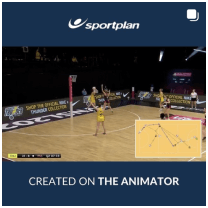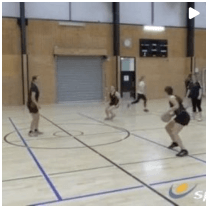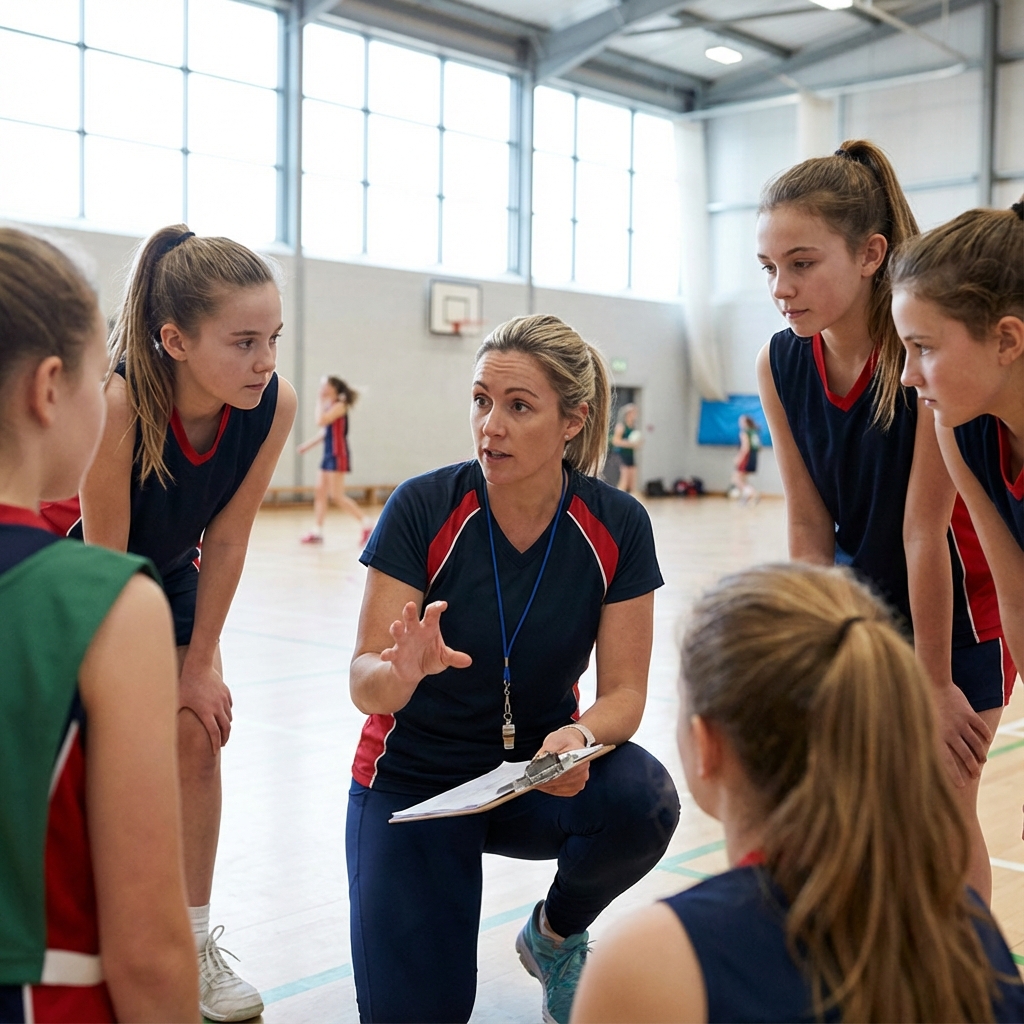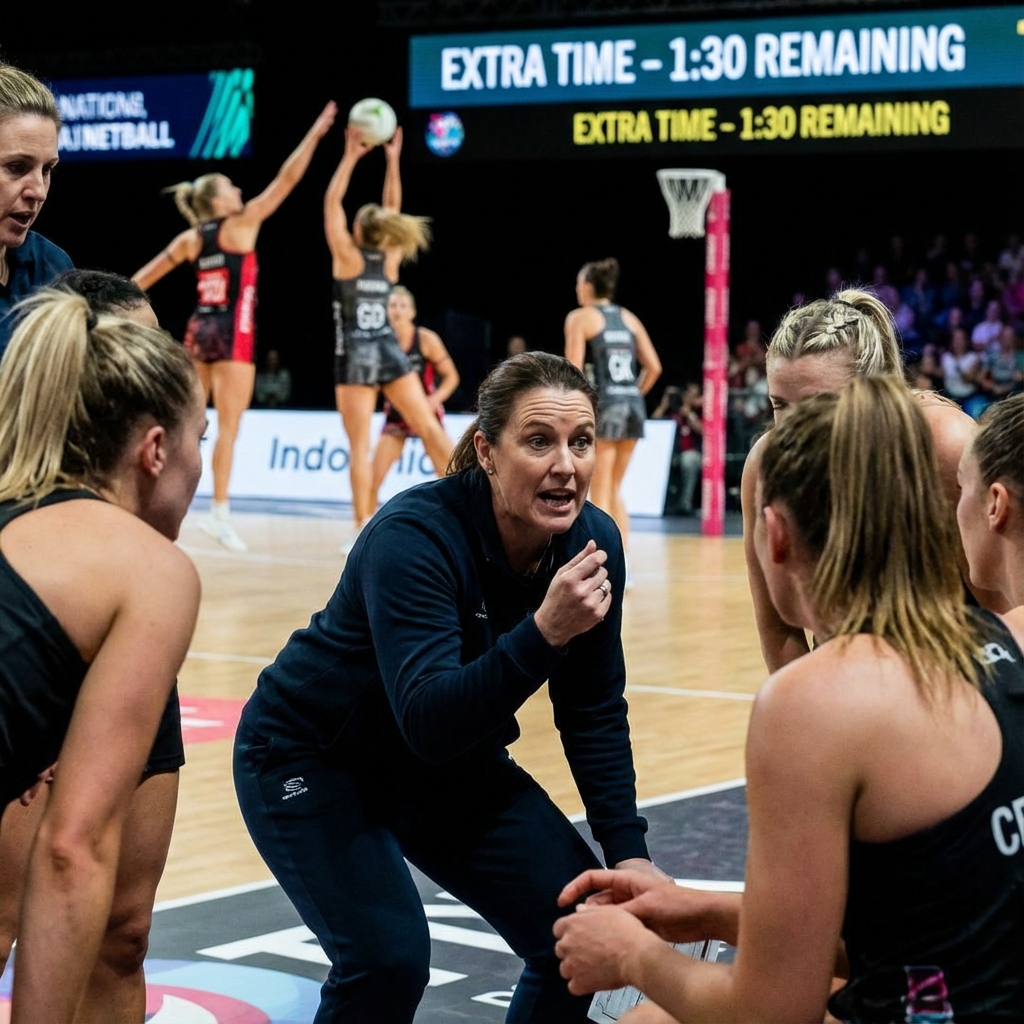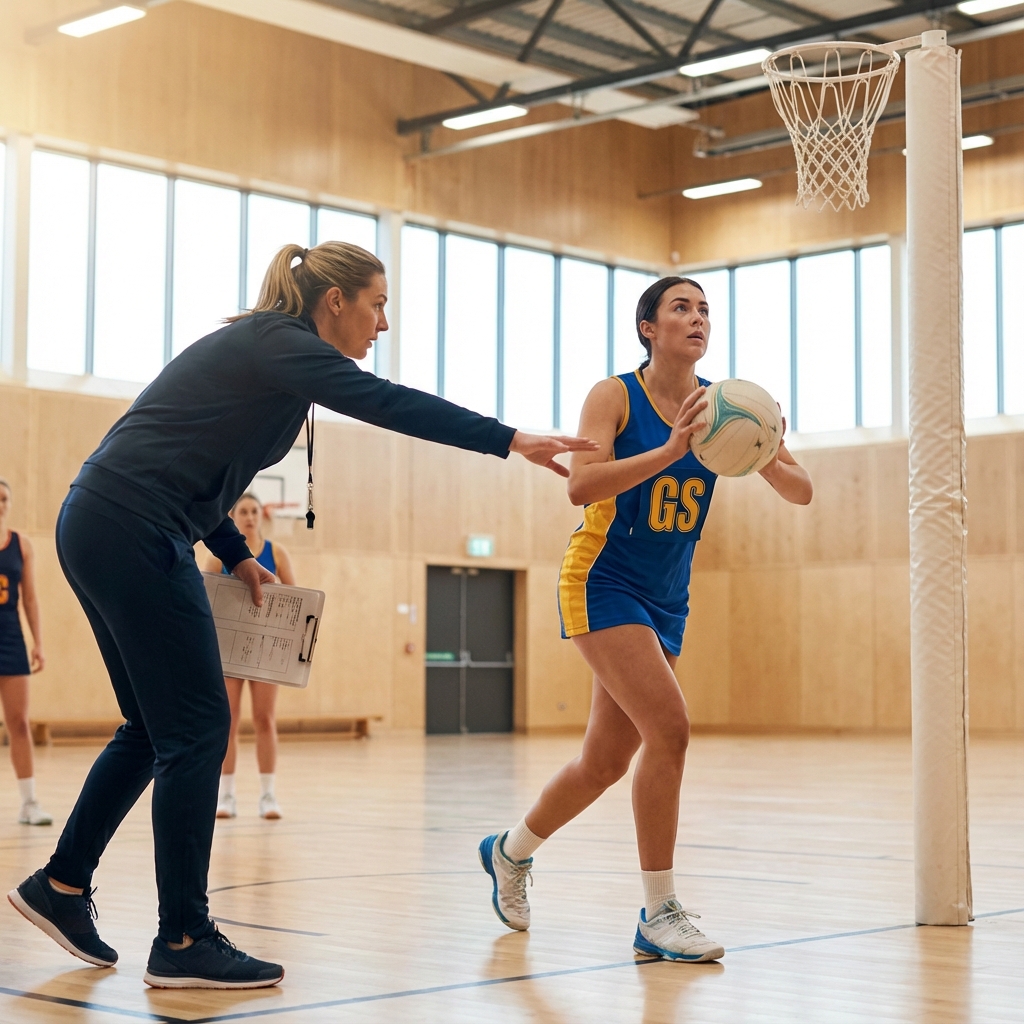Can the defender place her hand on the ball?
we had two different umpire opinion's last game about the defender placing her hand on the ball to prevent the shooter from being able to shoot.one umpire stated this was contact and that the defender is not allowed to do this, but the other umpire stated that as the defender was the required 3 feet away she can place her hand on the ball





the answer is no. you are NOT allowed to put your hand on the ball even if you are 10ft away. that is called ball contact. however if the defender is 3ft away, and her hand is over the ball (but not touching it) and is not moving, and the shooter brings the ball up INTO the hand, then the call is against the shooter.
the answer is no. you are NOT allowed to put your hand on the ball even if you are 10ft away. that is called ball contact. however if the defender is 3ft away, and her hand is over the ball (but not touching it) and is not moving, and the shooter brings the ball up INTO the hand, then the call is against the shooter.
The important word here, and in the rule book (which incidentally is where I would be telling the umpires to look) is "place".
A player may not "place" their hand onto the ball. The rule does not say the players hand cannot touch the ball, it states they cannot "place" their hand onto the ball...where the word "place" implies to apply downwards pressure.
In short, if the defenders arm is moving downwards, her hand cannot come into contact with the ball in a way that exerts downwards pressure. If however the defenders arm remains still, the defender has her 3ft and there is no downward pressure, then absolutely it is legal for her hand to touch the ball.
It takes a lot of skill to do this though, and I have only seen it successfully done in high grades. It also takes a lot of skill from the umpire to be able to determine downward pressure by the defender.
Reference: Clare McCabe workshop held at my association a few months ago where this exact question was asked.
Alycia has given a great answer on the ruling. This is hot topic in our assoc with NetballSA interpretations being: defender hand placed down on ball = interference = contact; shooter pushing ball up into defender`s hand = interference = contact; defender touching ball with fingers while shooter lifting ball out of reach = play on unless it is clear interference has occurred e.g. ball knocked from hand. Goalies are expected to be able to withstand/outplay touchy fingers these days and umpires to make sure interference has occurred before applying the contact penalty. This is modified only slightly for younger/lower grades to facilitate enjoyment of the game.
Just watching Australia v England umpires call against Gk Gera mentor "hand on the ball" so still don`t know what the correct interpretation is
This is a question that comes up a lot at my team`s session too and causes a lot of debate. Sorry guys, but after reading the explanations above, I`m even more confused. I`m not sure how in the midst of a game you can determine if downward pressure is being applied - that would be so difficult to spot. I`ve always understood the ruling to be that the defender can get as close to the ball as possible provided they obey the 3ft rule and don`t put their hands on the ball. Hope I`ve not got this wrong.








